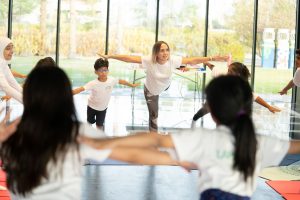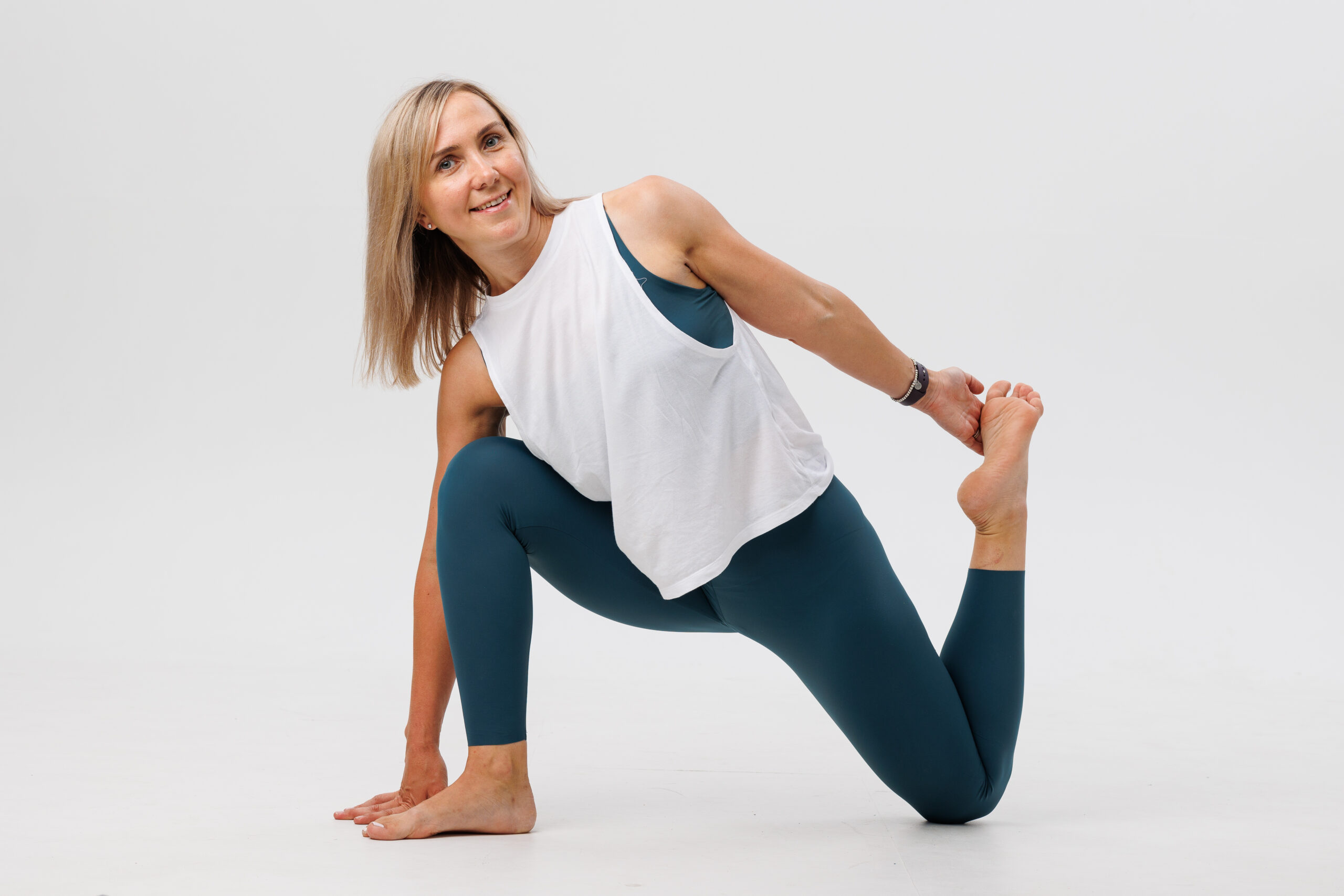Table of Contents
TogglePracticing yoga is incredibly helpful for children in their modern and busy life. Dedicated and intentional children yoga practice that includes breathing techniques, behavioural guidelines, and physical postures can be incredibly valuable for them.
Benefits of Yoga for Children
Modern children are busy these days. They go to school all day, have extracurriculars and homework in the evenings. As well as that, after school activities, family time and more extracurriculars on the weekends. During all those different actions, they encounter emotional, social, and physical challenges or conflicts.
Here are the Incredible Benefits of Yoga For Children:
1. Yoga helps children to relax, relieve stress and anxiety. Regular practice helps to sleep better, improve emotional regulation and improve mood and affect.
We believe as adults that children “have it easy,” and that they do not feel stressed. This simply is not true. Moreover, children are not stressed about finances or getting to work on time. In fact, they are stressed out by their schoolwork and peer relationships.
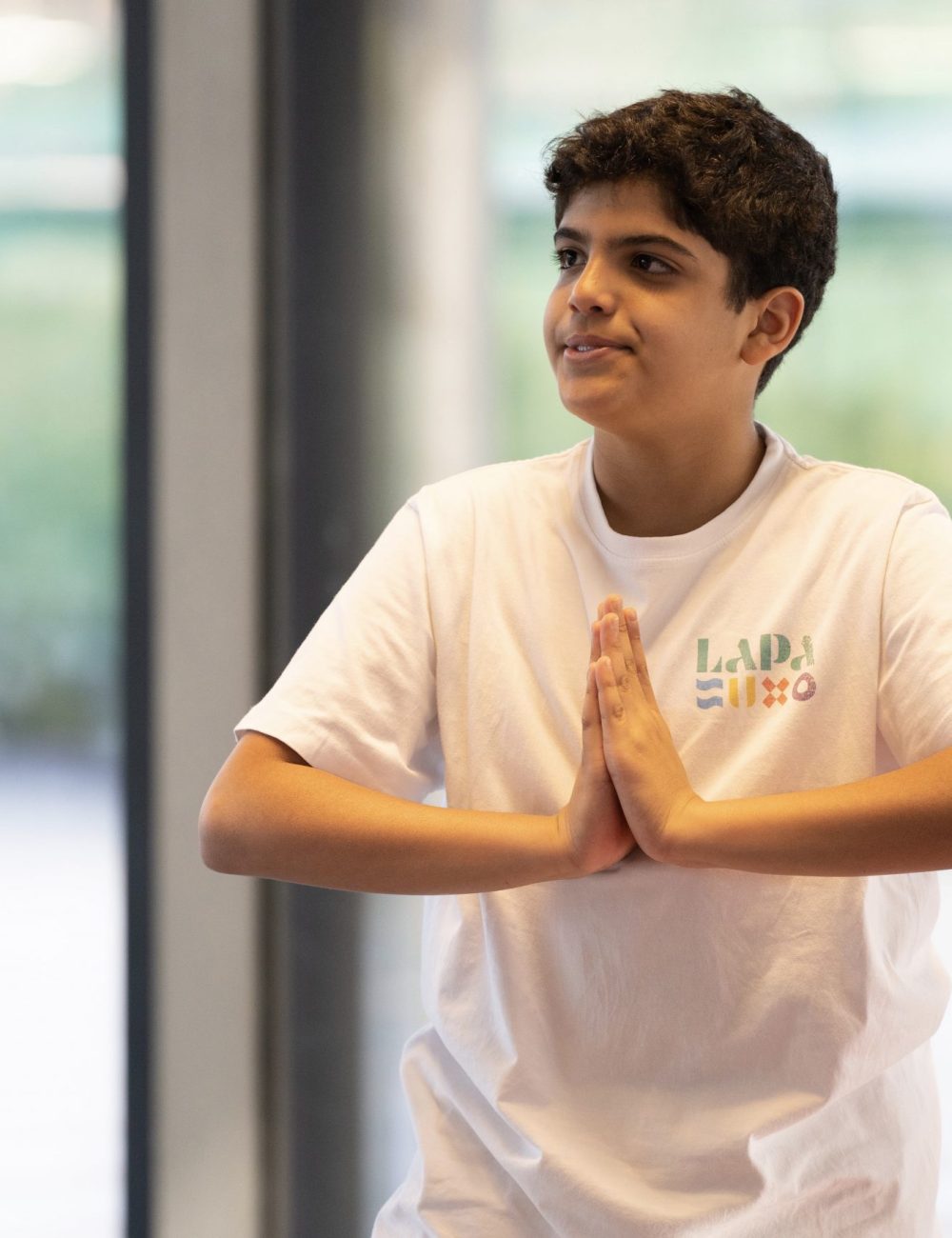
Physical benefits
For children, it is important that we teach them the balance between negative and positive emotions. Practicing yoga helps to reduce stress and anxiety by relieving tension throughout the body. Literally it means releasing the built-up negativity children have stored within their bodies.
2. Children learn to focus on the pose by learning correct body alignment. Moreover, they learn to focus on their bodies and how they function, guiding each limb or part of the body through the nuances of the pose.
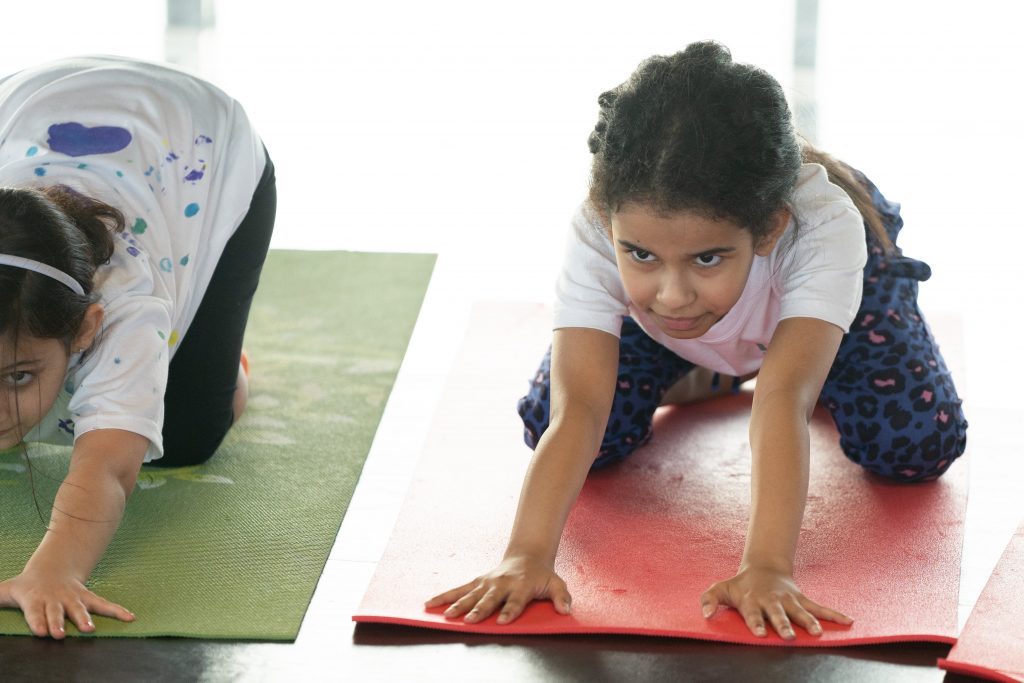
Whether a pose is done standing, sitting, or lying down, each one can challenge various muscle groups. In addition, it helps a child become aware of his body and how it efficiently functions. Yoga promotes physical strength because children learn to use all of their muscles in new ways.
Children’s yoga improves flexibility and increases blood flow, which in turn can help reduce the risk of injury during other physical activity.
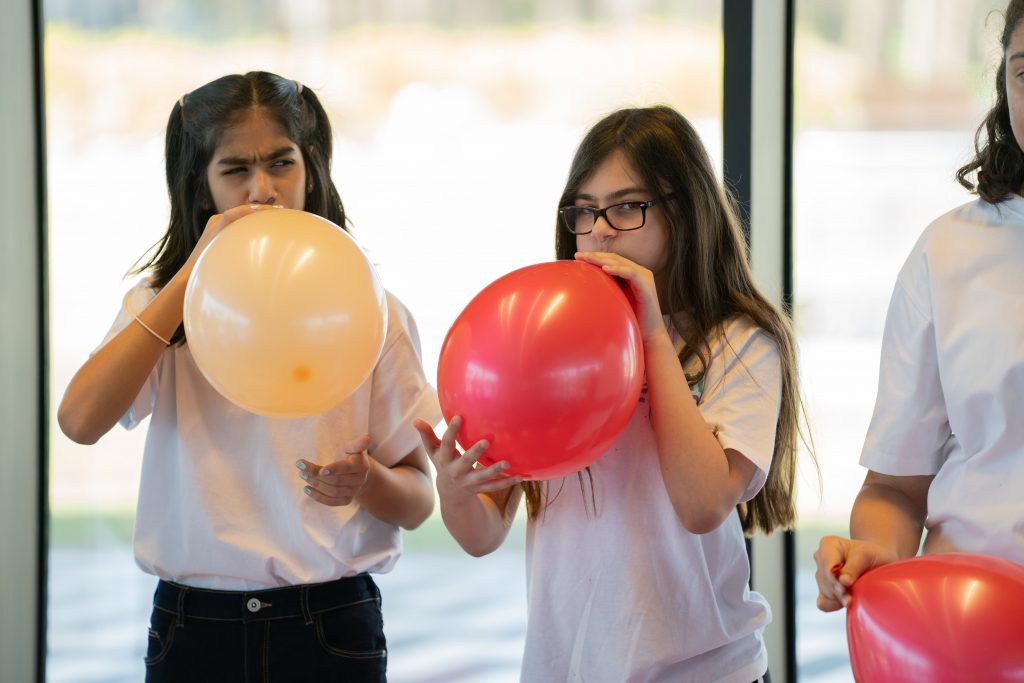
Children learn how the breath can help them throughout the day, in any situation.
3. Breathing exercises can energize children or encourage relaxation. Different games and techniques help kids connect to how their bodies feel as a result of deep breathing. Focus increases, as does their breathing and lung capacity. Once they master this whilst practicing yoga, stress is naturally reduced and healthy hormones are released. They can take these techniques away with them to use whenever they need reassurance.
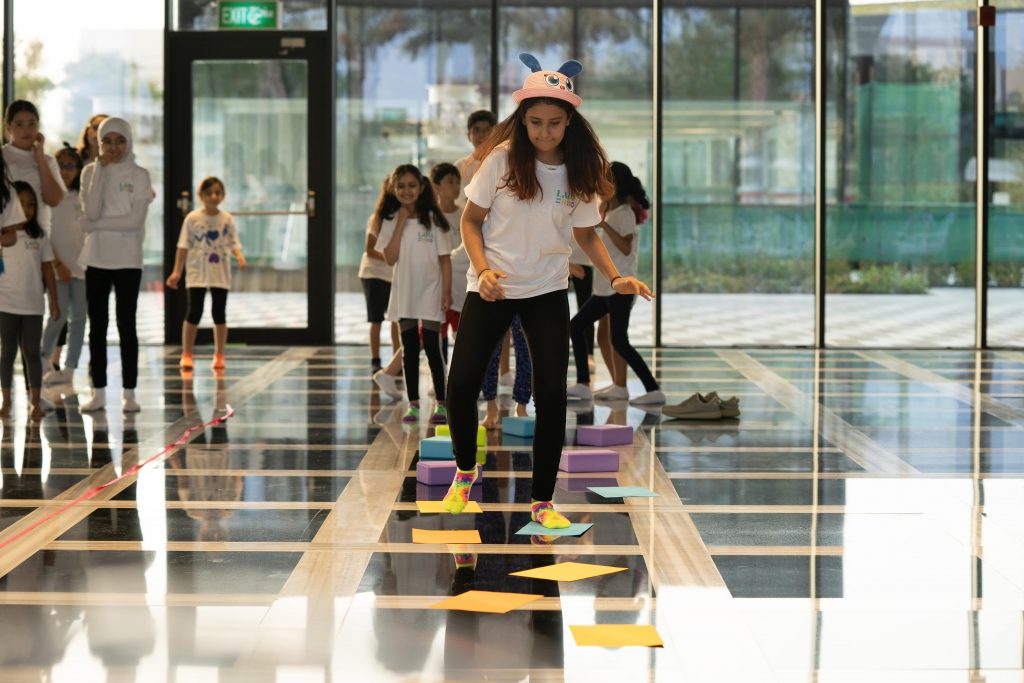
Yoga for children: Focus and Concentration
4. Yoga provides children an opportunity to learn something that is non-competitive. In addition, it teaches kids to accept and cherish themselves as they are. Altogether, it leads children to be present, focus and to concentrate.
Children’s yoga often uses stories to engage kids, usually with a mindful message to take away. Overall, it’s about building confidence, finding inspiration or simply following your dreams!

Yoga for children: Mindfulness
The act of practicing poses encourages children to clear their mind and focus on the effort. Focus on a particular pose helps to concentrate and stay balanced. This practice helps children in school to get better grades, several studies note. By using the whole body and thinking about our breath in each pose, children finish yoga feeling aligned, calm and happy.
5. It also helps children develop into more confident, kind, responsible adults.
Children who regularly practice yoga, mastering new poses and creating a flow between their body and mind. It helps to build their confidence. Yoga allows every child to move at their own pace which helps mastering a pose to feel important and special. Thanks to the fact that each child can achieve at their own pace. The comparison to others that they may experience elsewhere is completely removed.
Parents may notice how yoga benefits their kids, but the best judges are the kids themselves. Children who have practiced yoga tell teachers and parents that they are able to concentrate better during the day. Moreover, focus better on their activities, and pay attention to their tasks – all the finest endorsements.
If I had to describe a children yoga class in just one word, it would be FUN! Here’s what to expect when your child goes to a yoga class.
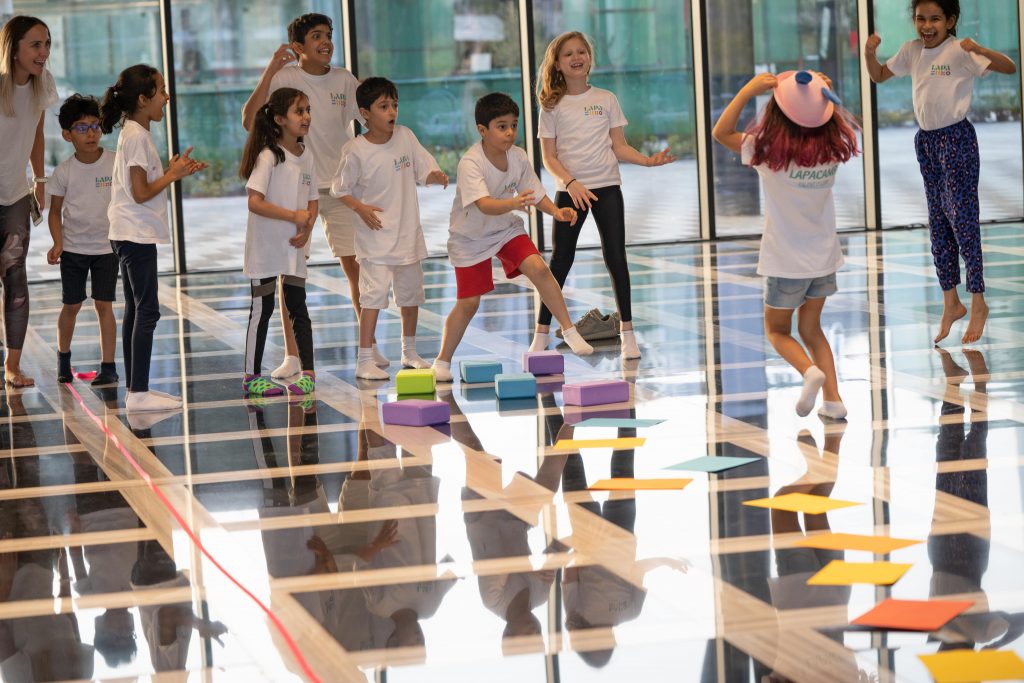
What to expect in a Children Yoga Class?
Many parents who have taken yoga classes themselves (and some who haven’t), wonder what a yoga class for kids is like. Furthermore, if their child will enjoy it.
A yoga class designed for children is very different from an adult class.
Children’s yoga class has to include consistency and creativity. Moreover, each class has to follow a consistent structure to include a breathing exercise, a handful of poses, games, songs, stories and imaginative play. Above all, activities that engage children and give them the tools to feel calmer, happier, and more peaceful inside!
Depending on the theme that day, each of those elements will tie into a bigger topic or idea. The different themes for each class creates a dynamic and logical class that engages kids.
Healthy breathing techniques focus on one benefit of the exercises. Another technique is to use generic terms. Instead of the Sanskrit names for the poses, renaming them cat, cow, bridge, table, tree, downward-facing dog, volcano, frog, flamingo, cobra, snail, gorilla and so forth.
Each class ends with a guided relaxation.
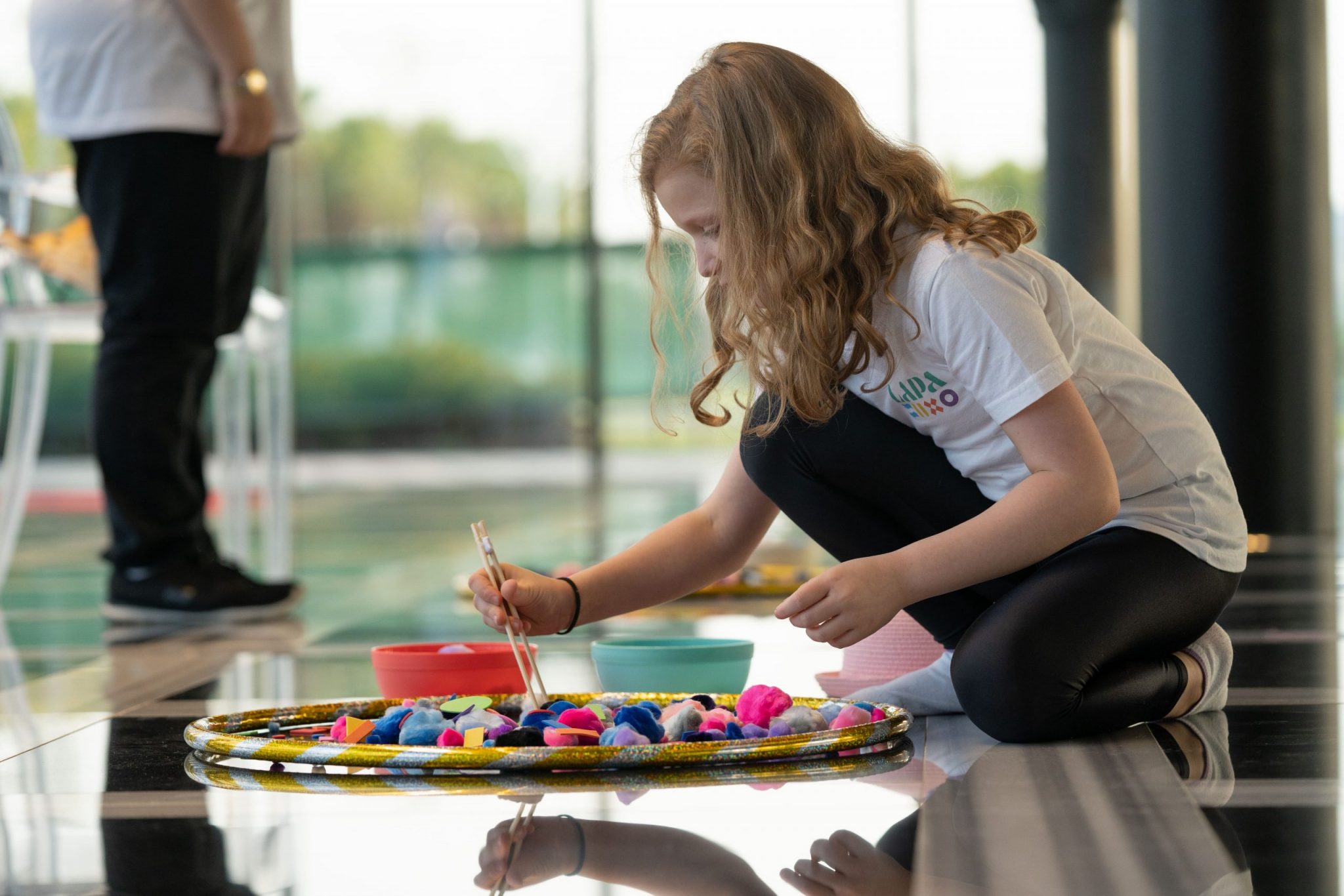
Children’s yoga classes are so much fun, but also filled with building important tools. As a result, children will carry with them increased body awareness, strength and flexibility, and self-calming/emotional regulation skills.
